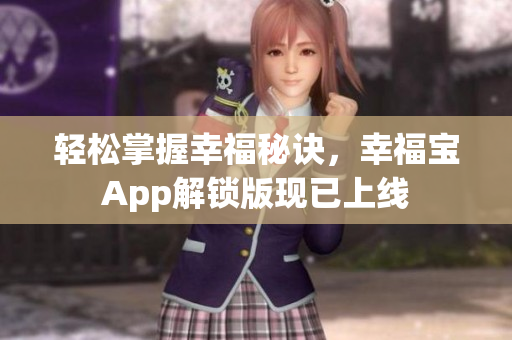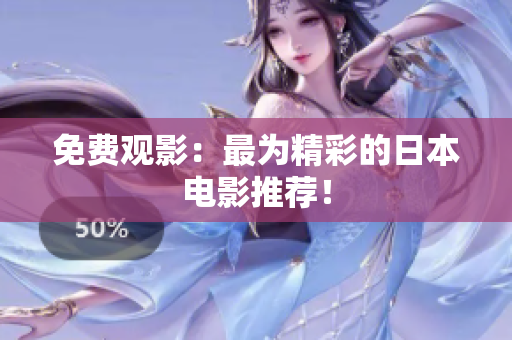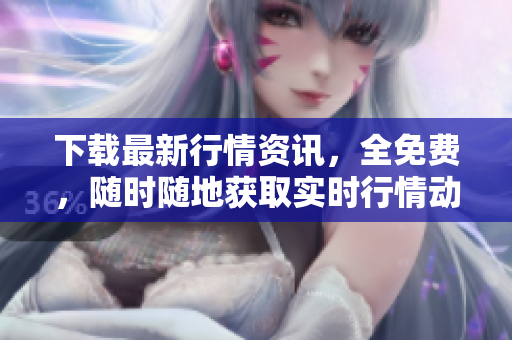Introduction
Children's education has always been a key focus in any society. However, when it comes to areas where resources are scarce, children's education can be severely impacted. In this article, we will explore the challenges of providing education in a scarce resource area and how innovation and technology are helping to address these challenges.
The challenge of scarce resources in early childhood education
In some parts of the world, access to education beyond primary school is limited or non-existent due to a number of reasons such as poverty, lack of infrastructure, political instability, and more. However, early childhood education (ECE) is particularly challenged by the scarcity of resources. ECE is a critical phase in a child's development as it lays the foundation for their future learning and development. Children in scarce resource areas may not have access to the basic necessities required for ECE such as proper nutrition, safe and hygienic learning environments, and qualified teachers.
The impact of innovation and technology
The good news is that innovation and technology are helping to address some of these challenges. For example, virtual reality technology is being used to provide ECE to children in remote communities. Using VR headset, children can visualize concepts like nature, mathematics, and language in 3D, making learning more engaging and fun. Another innovation that's helping to bridge the scarcity gap is the use of online learning platforms that can deliver ECE curriculum to children in their homes. These platforms are designed to be engaging and interactive, using games, puzzles, and animated visuals to help children learn.
The importance of qualified teachers in scarce resource areas
Despite the benefits of technology, it's important not to forget the critical role of qualified teachers in ECE. In scarce resource areas, the shortage of qualified teachers can be a significant challenge. According to UNESCO, sub-Saharan Africa, South Asia, and the Arab states are estimated to face a shortage of 17.4 million teachers by 2030. In order to address this challenge, innovative programs such as Teach for All are emerging to train and empower qualified teachers globally. These programs aim to attract and train top graduates and professionals to become teachers and leaders in their communities and to help address the global teacher shortage.
Art and culture education for young children in the West
In contrast, Western countries may face different challenges when it comes to ECE. In many Western countries, there is a growing need to provide art and culture education to young children. Many experts believe that exposing young children to the arts can be a powerful way to ignite their creativity and imagination, which can lead to lifelong learning and personal development. However, due to tight budgets and other priorities, many schools struggle to provide art and culture education to young children. As a result, parents may look to extracurricular activities such as music lessons, theater programs, and dance classes to fill the gap.
The rise of vloggers and social media influencers in culture education
Another trend that's helping to provide cultural education to young children is the rise of social media influencers, particularly vloggers. These influencers use social media to share their love for a particular art form such as painting, music, or dance. They offer tips and tutorials, share their own work, and even engage their followers in challenges and competitions. This model of education is particularly popular among younger generations who are more likely to consume content on social media platforms than traditional media. For example, popular vlogger "Yuzu the Cat" has amassed a large following by sharing short videos of herself singing and dancing in a cat costume. Her videos are designed to inspire children to explore their own creativity and imagination.
Conclusion
Providing ECE is a critical challenge in any part of the world, whether dealing with scarce resources or prioritizing cultural education. However, innovation, technology, and creativity are helping to address these challenges in new and exciting ways, from using virtual reality to bring ECE to remote communities to using social media influencers to inspire young artists. By embracing these new tools and approaches, we can help to ensure that every child has the opportunity to access quality ECE and reach their full potential.









